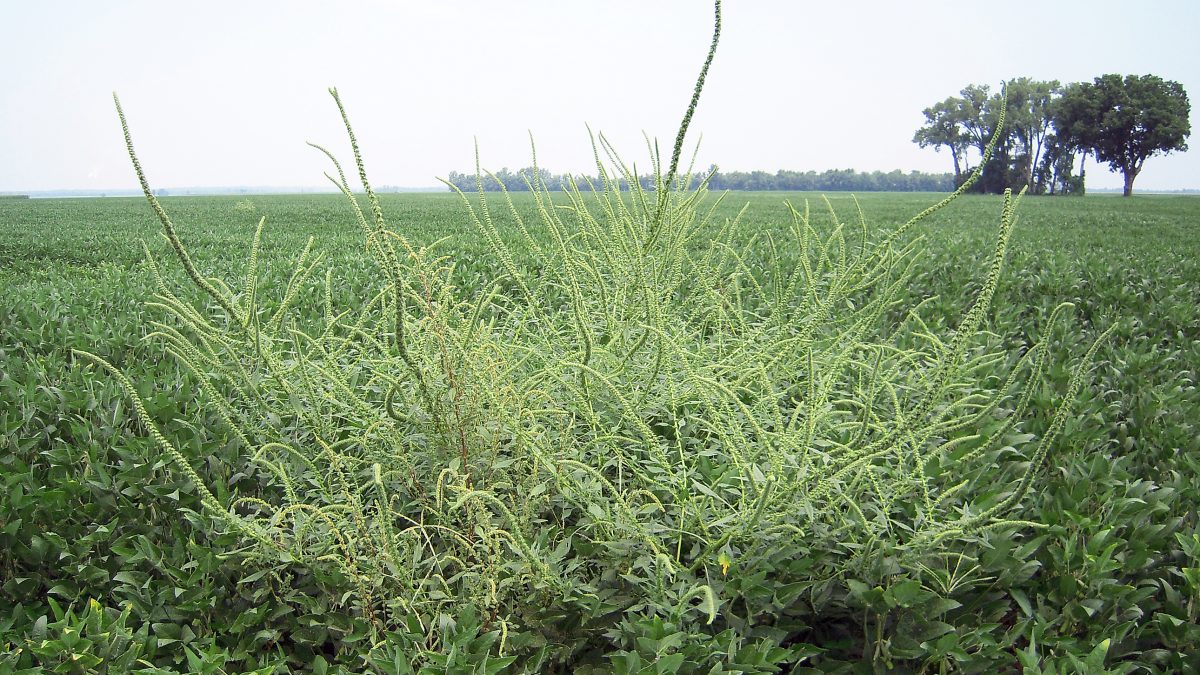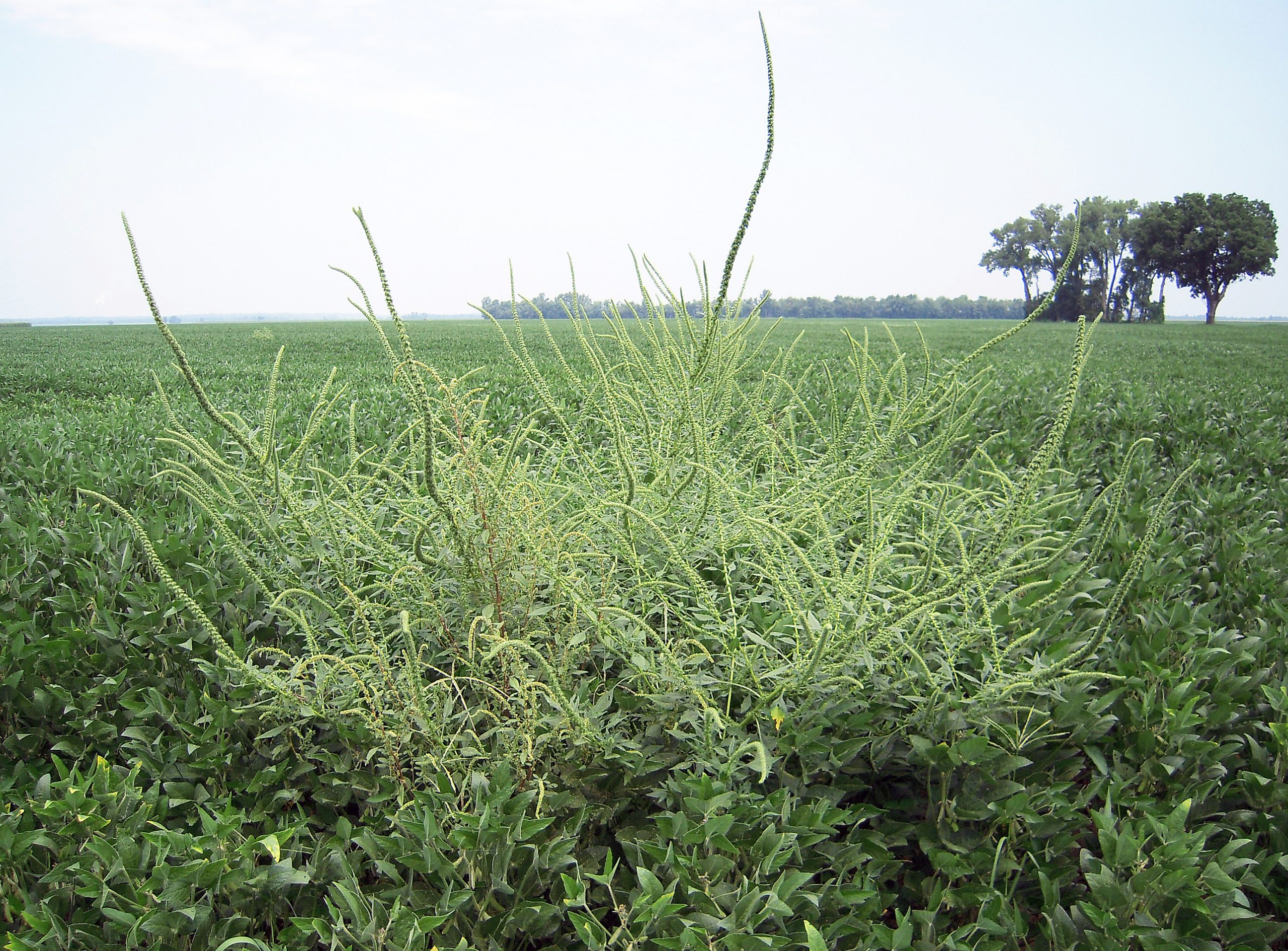Palmer Amaranth Patrol- What Are You Looking For?

Palmer Amaranth has become a rising concern as it makes an appearance in more and more counties throughout ND, SD, and MN: 12 counties in ND, 11 in SD and 7 in MN, to be exact. And those are just the ones we’re aware of.
Palmer Amaranth is a problematic annual broadleaf weed that looks very similar to Waterhemp and Redroot Pigweed. It germinates every time it rains just like Waterhemp.

Weeds are distinguished by spiny bracts on the female plants, smooth hairless stems, long petioles and symmetrical leaf arrangements.
Photo: (Superior Ag Resources photo/Tom Sinnot)
Palmer Amaranth Facts:
- Palmer Amaranth makes its way across the U.S. by combines, used equipment from other states and contaminated seed.
- Palmer seeds can also spread naturally by bird migration, livestock/bird feed and water movement.
- Palmer Amaranth is a prolific weed that can cause devastating yield impact on crops if not well managed.
- Palmer plants have a broad period of emergence and can grow aggressively in optimum growing conditions: two to three inches per day, up to eight feet tall!
- They can produce up to one million viable seeds per plant and have been known to reduce yield up to 91% in corn and 79% in soybeans.
- Palmer is extremely prone to herbicide resistance. It is already resistant to Glyphosate and Dicamba. Glufosinate resistant cases have recently been found in Arkansas.
Detecting & Managing Palmer Amaranth
- Pre-emerges are a must!
- Use multiple modes of action and layered applications while the plants are still little. A tank mix of 2,4-D and Glufonsinate is a good strategy.
- Take a “zero tolerance” approach: get rid of plants before they produce seed. Pull them out if you have to.
- If you have palmer in your fields, the sooner you act, the better.
At this rate, most fields will have Palmer Amaranth within the next decade. The quicker you can get ahead, the better you’ll be but there is not going to be a silver bullet. Multiple modes of action, roguing, any little thing we can do to stop the spread is key.
Call us if you see something suspicious or are concerned you may have Palmer in your fields. We can help you identify and come up with a plan of attack.











